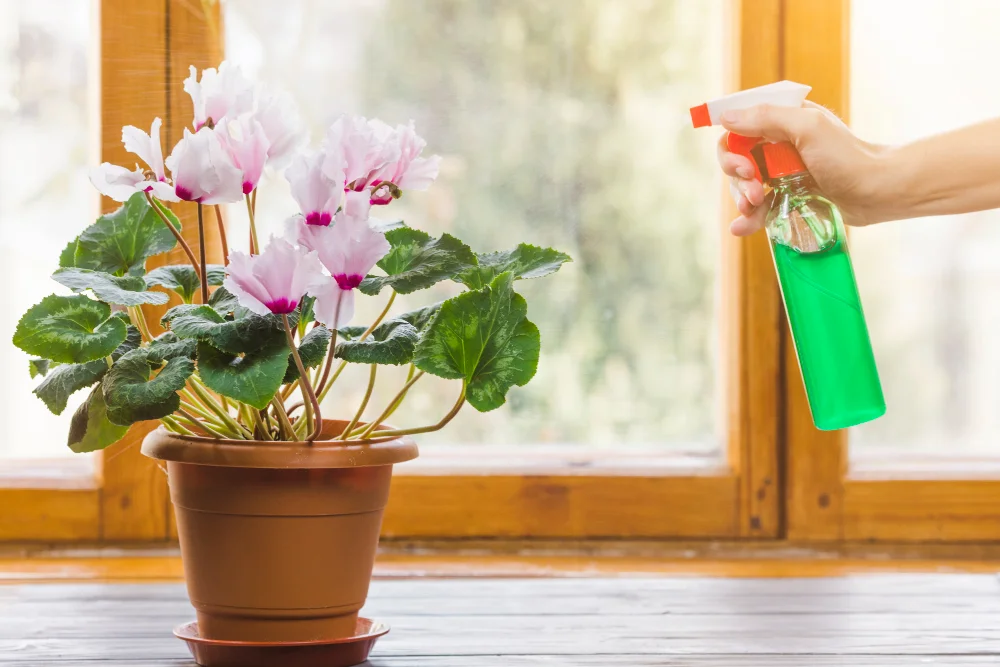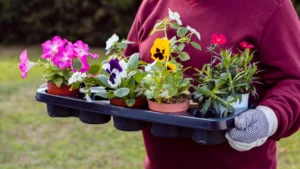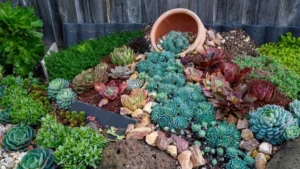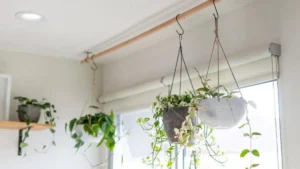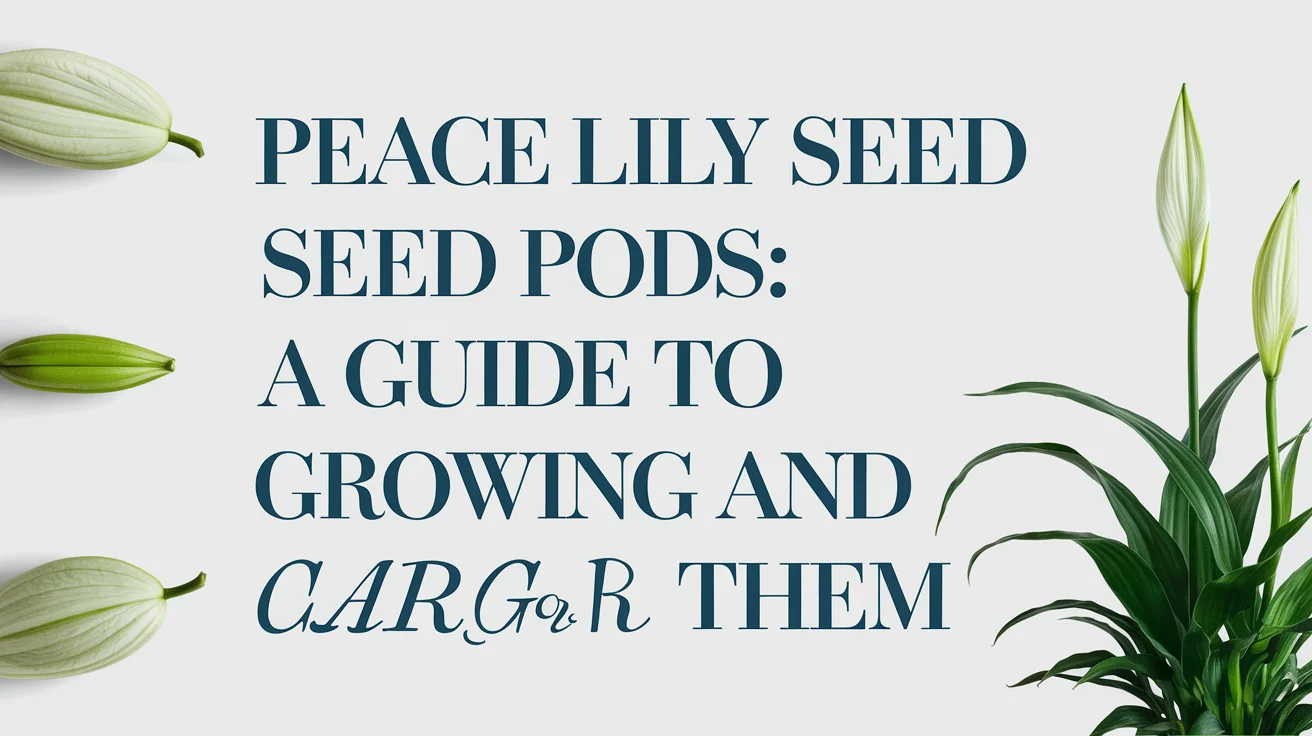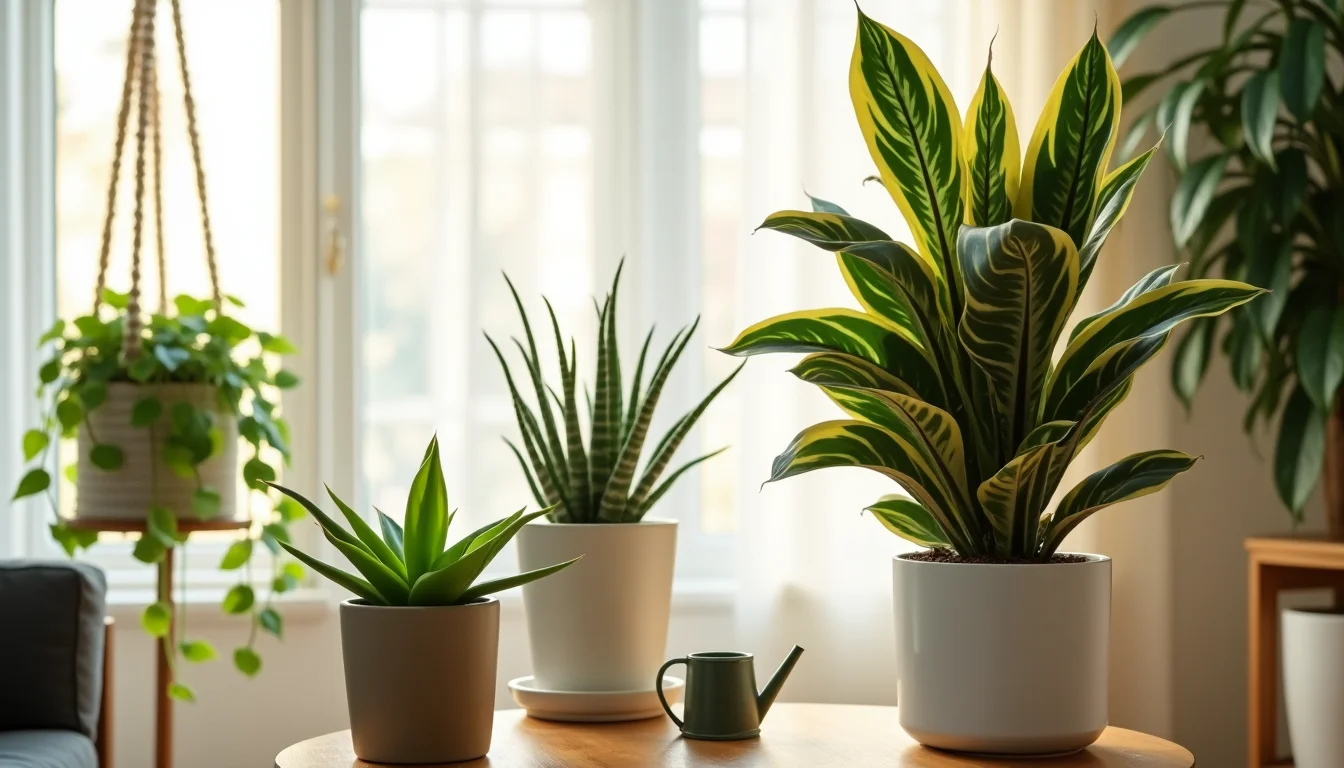The butterwort plant is one of nature’s most fascinating insect-eaters. Belonging to the genus Pinguicula, it’s not just a pretty face; it’s a passive carnivore that lures, traps, and digests insects on its sticky leaves. If you’ve been thinking about adding this charming species to your collection, then understanding butterwort plant care is essential for healthy growth and vibrant blooms.
This article will guide you through everything from lighting and soil preferences to watering techniques and propagation. We’ll keep it simple, human-like, and optimized for your needs. The focus keyword, butterwort plant care, is used naturally to avoid stuffing while also meeting Google SEO standards. Let’s dive in.
Understanding the Butterwort: Nature’s Sticky Wonder
Butterworts are low-growing plants known for their rosette of greasy leaves. These leaves secrete a sticky substance that traps small insects. They are popular among carnivorous plant lovers because they are compact, attractive, and relatively easy to grow indoors.
Their leaves look soft and inviting, but they’re deadly if you’re a gnat. Once trapped, the enzymes break down the insect, and the plant absorbs the resulting nutrients. This process allows butterworts to thrive in nutrient-poor soils.
These plants are native to North, Central, and South America, as well as parts of Europe and Asia. While some species prefer tropical conditions, others are adapted to colder, temperate zones.
Butterwort Plant Care: Light, Soil, and Location
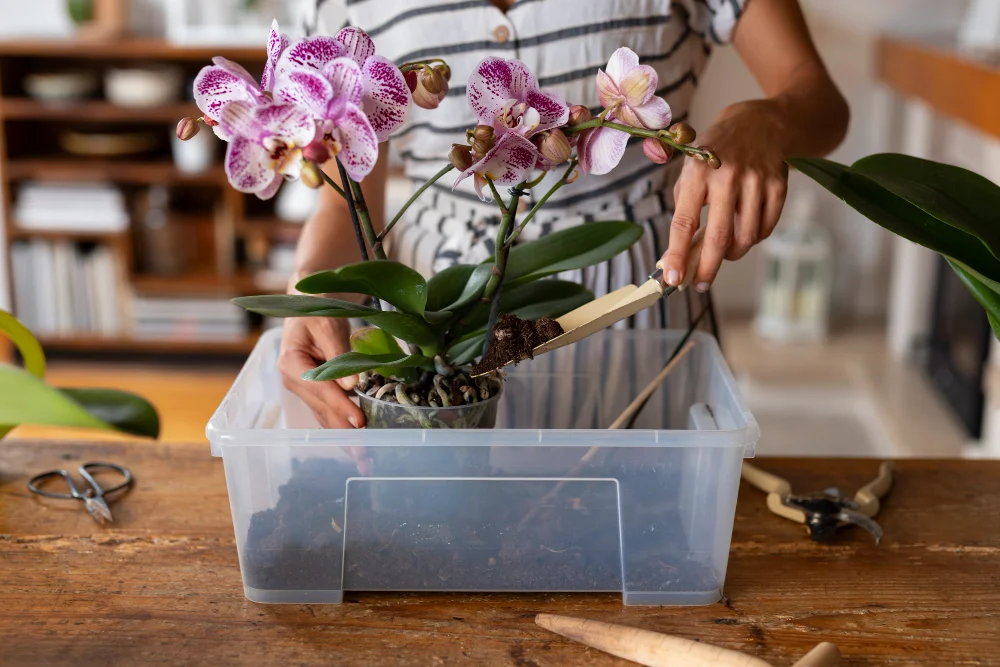
Proper lighting is crucial. Most butterwort species prefer bright, indirect sunlight. Direct sun can cause the leaves to dry out, especially for tropical varieties. If you grow them indoors, a windowsill with filtered light is perfect.
When it comes to soil, avoid regular potting mixes. Butterworts need nutrient-poor, well-draining soil to mimic their natural environment. A blend of sphagnum moss and sand or perlite works best. Avoid fertilizers they can burn the delicate roots.
Temperature requirements vary by species. Tropical types need warmth year-round, while temperate ones require a cool dormancy period in winter.
Basic Growing Conditions for Butterworts
Light
Butterworts require ample bright, indirect sunlight to remain healthy and active. They perform best on windowsills that receive filtered sunlight or under grow lights indoors. Direct sunlight can burn the sensitive leaves of tropical species, while insufficient light may cause weak growth or pale foliage. If grown in low light, their ability to trap insects may be reduced significantly.
Soil
The ideal soil for butterworts should be poor in nutrients and well-draining. Avoid standard potting soil, as it holds too many minerals that can harm the plant. A recommended mix is sphagnum moss blended with coarse sand or perlite, which mimics their natural growing environment. This mix helps retain moisture while keeping the roots aerated.
Humidity
Humidity is crucial for the health of butterwort, especially for tropical varieties. They thrive in environments where moisture levels stay between 50% and 70%. A terrarium or pebble tray with water can help maintain the required humidity indoors. If the air is too dry, the plant may stop producing sticky secretions, reducing its insect-trapping efficiency.
Temperature
Butterwort temperature needs vary by species. Tropical types flourish in consistently warm conditions, ideally between 60°F and 80°F. On the other hand, temperate butterworts need a cool winter period for dormancy and grow better when exposed to seasonal changes. Avoid placing your butterwort near heaters or cold drafts, as sudden shifts can stress the plant.
Watering Tips for Healthy Growth
Butterworts are sensitive to water quality and quantity. Always use distilled, rain, or reverse osmosis water. Tap water often contains minerals that can harm the roots.
Keep the soil moist but not soggy by watering from the bottom, placing the pot in a tray filled with water. Let the plant soak up moisture through the drainage holes. For tropical species, maintain a steady humidity level. For temperate types, allow the soil to dry slightly during the dormant period.
Also, avoid getting water on the leaves, as it can wash off the sticky enzymes and reduce the plant’s ability to trap insects.
Feeding and Pest Control

Butterworts feed themselves if given the chance. If you keep them outdoors, they’ll catch gnats and small flies. Indoors, you can supplement their diet with dried bloodworms or crushed insects once or twice a month.
Avoid overfeeding, as this can lead to rot or fungus. Never give them meat or fertilizer, just insects. They are naturally built to handle tiny prey, not complex proteins from meats or human food.
Dormancy and Seasonal Changes
Some butterworts go dormant in winter, especially temperate species. Their leaves shrink, and growth slows or stops. This is normal and healthy. During this time, reduce watering, maintain cool temperatures, and refrain from feeding.
Tropical types don’t require dormancy but may produce tighter, non-carnivorous leaves in drier months. Don’t worry, they’ll bounce back once conditions improve.
Propagation Methods for More Butterworts
Butterwort propagation is easier than you might think. The most common way is through leaf pullings. Gently pull a leaf from the base, place it on moist sphagnum moss, and wait a few weeks. Tiny plantlets will sprout from the base.
Division is another method if your plant produces multiple rosettes. Gently separate them and repot each in its container. Seed propagation is possible, but it can be slow and challenging for beginners.
Signs of Stress and Solutions
Butterworts are generally easy to care for, but they can show signs of stress if their growing conditions are not ideal. Observing changes in their appearance can help you quickly identify and fix the issue. Common stress indicators include browning leaves, loss of stickiness, or slowed growth. Addressing these problems early ensures your plant stays healthy and continues to thrive.
Leaf Browning
- Caused by too much direct sunlight
- It can also result from hard water or mineral buildup.
- Move the plant to filtered light and use only distilled or rainwater.
Sticky Leaves Drying Up
- Often due to low humidity or overly dry air
- The enzyme layer may be damaged by misting or touching.
- Increase humidity around the plant and avoid spraying the leaves.
No Insect Digestion
- Happens when enzymes are washed off or the temperature is too cold
- May indicate the plant is not producing enough mucilage
- Ensure proper lighting and avoid overhead watering.
Growth Stopping
- It could be a natural dormancy phase in temperate species.
- May also signal root rot from overwatering
- Reduce watering and inspect the roots if no dormancy is expected.
Why Choose Butterworts for Your Indoor Garden?
Butterworts are an excellent addition to any indoor garden thanks to their unique appearance, compact size, and natural pest control abilities. Unlike most plants, they attract and digest small insects, helping to reduce fungus gnats and other flying pests around your home.
Their shiny, sticky leaves paired with delicate blooms give them an ornamental charm that’s hard to resist. Additionally, they require minimal care once established, making them ideal for beginners or anyone seeking to add a unique addition to their plant collection.
Final Thoughts on Successful Butterwort Plant Care
Growing a butterwort may seem like a delicate task, but once you understand its simple needs, it becomes a rewarding experience. Whether you’re a beginner or a seasoned plant parent, proper butterwort plant care ensures that your plant not only survives but also thrives, producing beautiful foliage and naturally controlling pesky insects.
Maintain a minimal yet consistent routine: provide clean water, nutrient-poor soil, filtered light, and the appropriate seasonal care. Add in a bit of patience, and your butterwort will flourish in return. It’s a living piece of nature’s clever design, and with the proper attention, it can brighten any space quietly working to keep your indoor environment both beautiful and bug-free.
So if you’re ready for a plant that’s low-maintenance, uniquely attractive, and surprisingly helpful, butterworts are the perfect pick.

